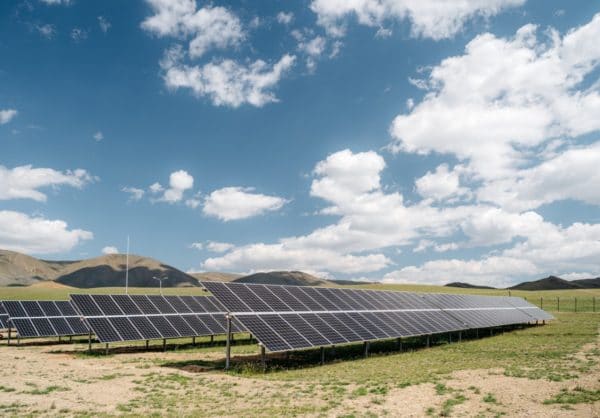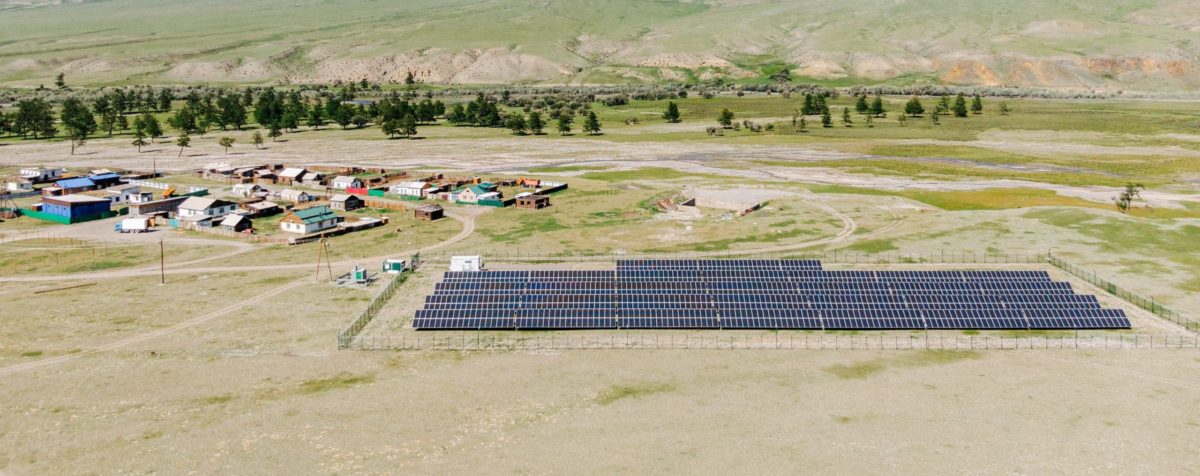Although Russia has a huge national grid, more than 10,000 villages across the country are currently disconnected from this network and their power supply is ensured by highly-polluting diesel power generators or small sized coal-fired electricity production. “These solutions, however, not only cause regular electricity shortages but are also very expensive,” Anton Usachev, president of the Russian Solar Energy Association, told pv magazine. “At some locations, logistics [are] very complicated, as diesel fuel is delivered twice a year due to difficult weather conditions.”
According to him, the Russian authorities are now considering solar power generation coupled with storage to replace diesel generation as a cheap and easy-to-implement power supply solution for remote areas, due to its perfect combination of economic efficiency, environmental sustainability, and affordable logistics. “The size of the off-grid solar-diesel market in Russia’s Far East regions only, can reach 800 MW,” he further explained. “Several regions, such as Krasnoyarsk, Altay, and Tyva in Siberia, Chukotka, Magadan, Zabaikalskiy, and Yakutia in the Far East, are already on the way of building up PV power generation in a bid to replace diesel-fueled generation.”
According to Usachev, the levelized cost of electricity (LCOE) of recently commissioned off-grid solar-plus-storage projects ranges from RUB14-22/kWh ($0.19-0.29), which makes it much more economically viable, compared to net diesel generation.

Image: Hevel Solar
The development of similar projects is made possible by a specific regulatory framework which enables project developers to conclude an energy service agreement of up to seven years with municipalities that have an obligation to reduce diesel consumption. “Funds are remunerated according to the diesel volumes saved on a quarterly basis,” Usachev stated, adding that diesel can still be used as back-up power in case of shortage.
Popular content
“Projects that have been in operation for a year show the diesel consumption dropped up to 30% and that electricity is being provided with no interruption during 24 hours per day and seven days per week,” he affirmed. With conventional diesel power generation, fuel supply constraints mean power is currently limited to between four and seven hours per day.
The Far East federal district is the largest and the least populated in Russia. The region has the poorest energy and transport infrastructure in the nation. Russian module manufacturer Hevel Solar and other companies have already built, there, several off-grid solar projects.
This content is protected by copyright and may not be reused. If you want to cooperate with us and would like to reuse some of our content, please contact: editors@pv-magazine.com.



5 comments
By submitting this form you agree to pv magazine using your data for the purposes of publishing your comment.
Your personal data will only be disclosed or otherwise transmitted to third parties for the purposes of spam filtering or if this is necessary for technical maintenance of the website. Any other transfer to third parties will not take place unless this is justified on the basis of applicable data protection regulations or if pv magazine is legally obliged to do so.
You may revoke this consent at any time with effect for the future, in which case your personal data will be deleted immediately. Otherwise, your data will be deleted if pv magazine has processed your request or the purpose of data storage is fulfilled.
Further information on data privacy can be found in our Data Protection Policy.